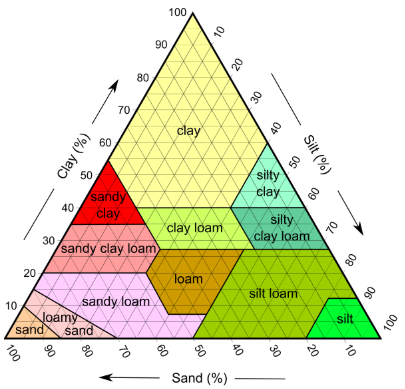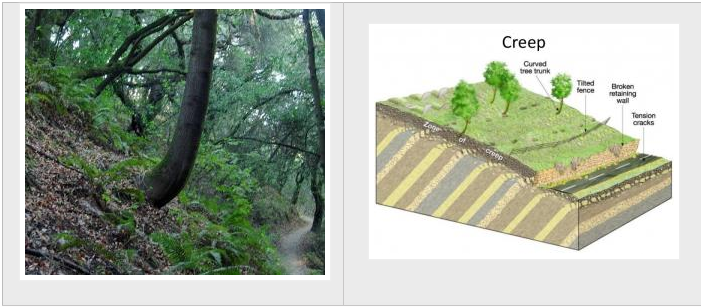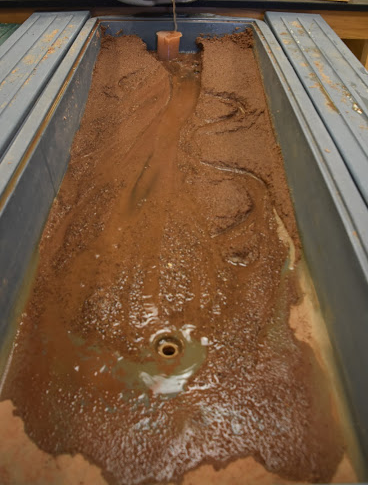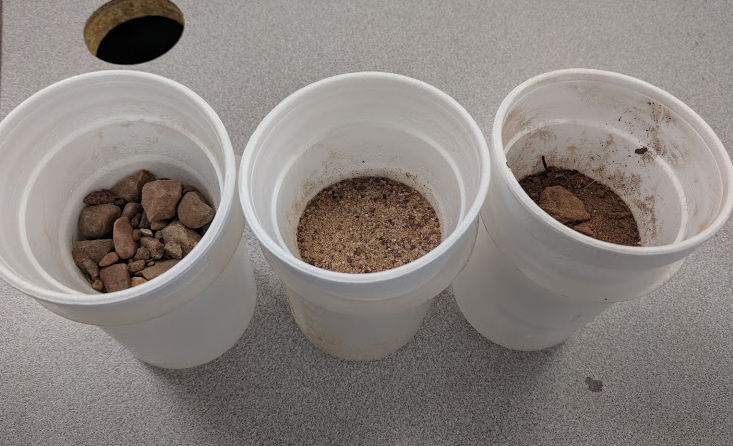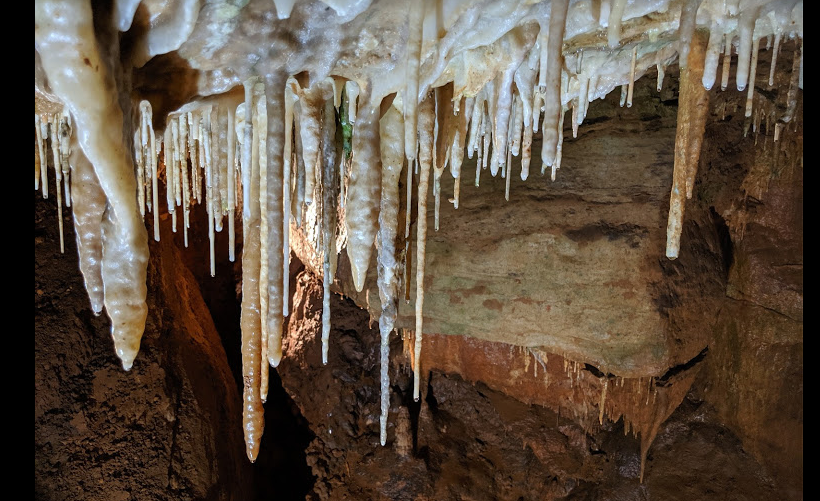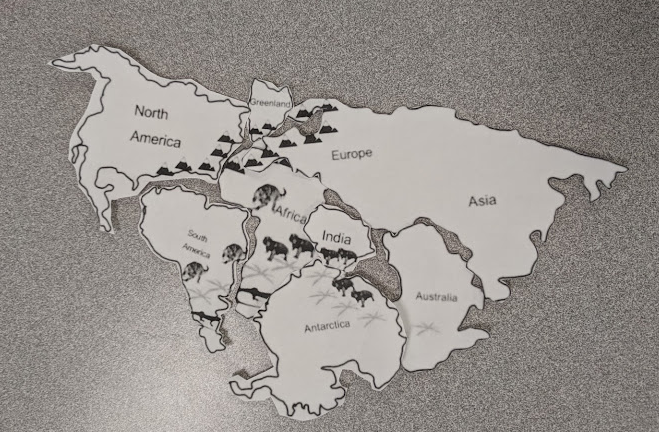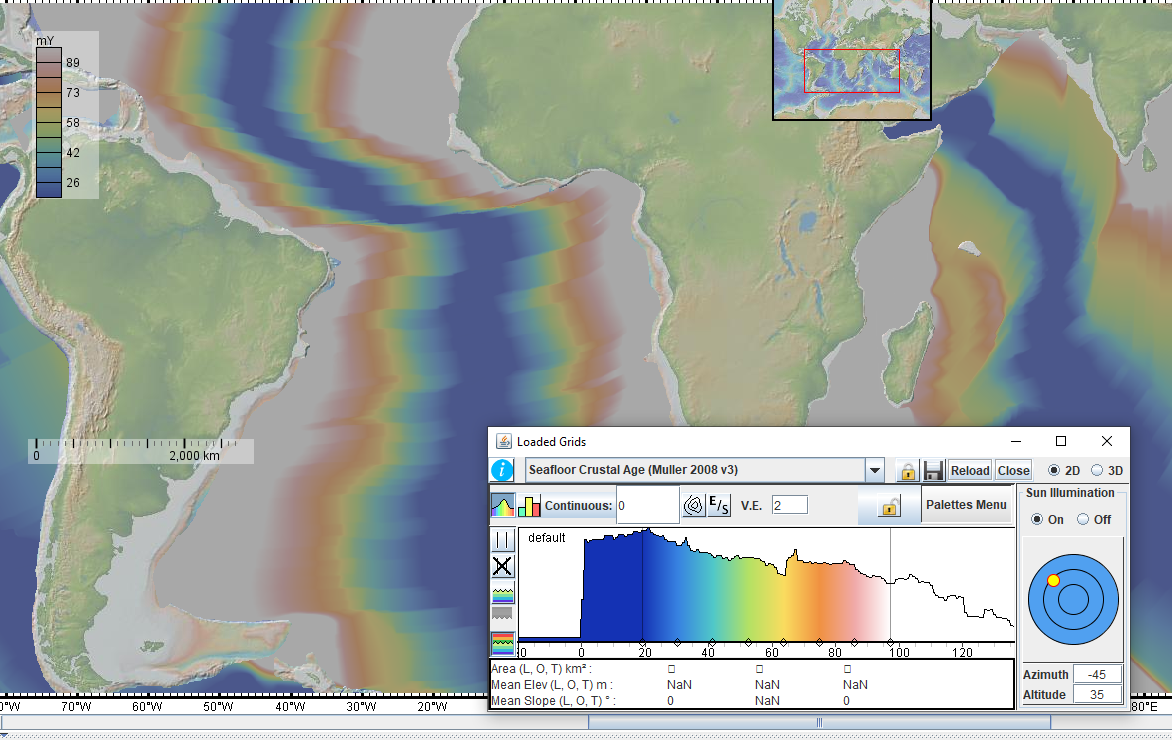Physical Weathering Surface Area Lab
Image
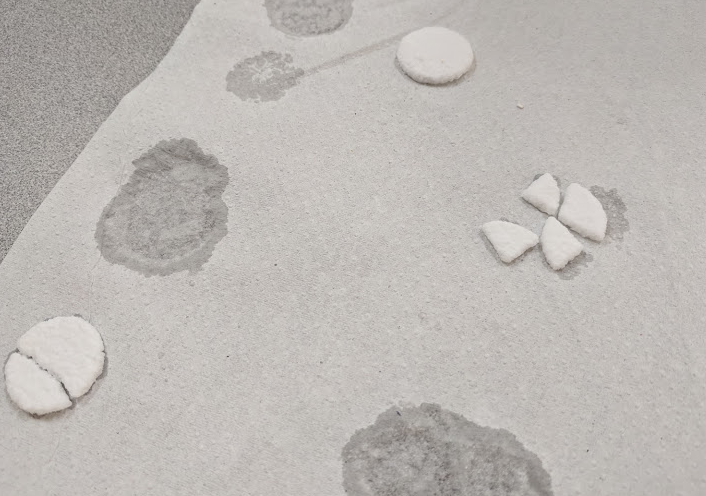
In this Earth Science lab, students will design an experiment to answer the following question. Will rock weather faster or slower if it has more surface area exposed? Students will use Alka-Seltzer as their rocks. They will have to come up with a control and two other variables, They will need to list their hypothesis, step by step procedures, observations, and create a statement of conclusion. When they are finished they will understand the relationship between surface area and rate of weathering.

